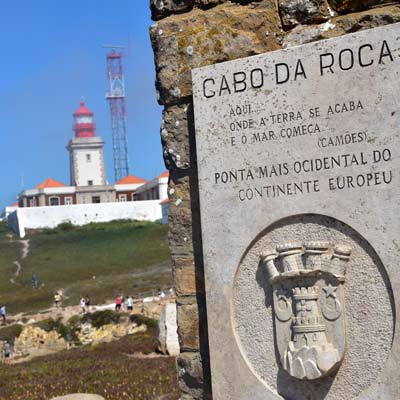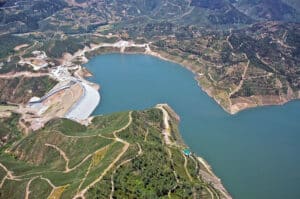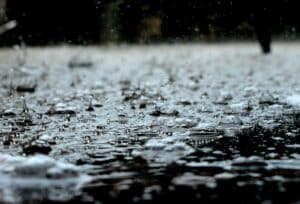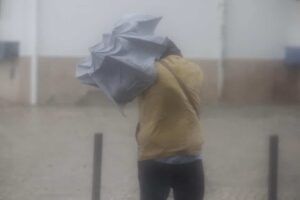Martinho may have passed, but clean-up operation persists
With the wild winds of storm Martinho now long gone from Portugal’s mainland, data is still coming in on the force that bore down on populations, which are still far from seeing an end to the dramatic consequences.
According to IPMA meteorological office, a gust of wind of 169.2 km/ hour was recorded at Cabo da Roca – Europe’s westernmost point, and an area of Portugal plagued by bad weather. Even when Cascais (below it) can be basking in balmy summer temperatures, the journey to Cabo da Roca is often made under thick fog, thus it will come as no surprise to locals that their area recorded some of the worst that Martinho produced.
With the dust settling on hours of turbulence, authorities say they logged a total of 8,600 incidents between midnight on Tuesday and 4pm on Thursday – much of it in the Lisbon/ Vale do Tejo area, and mainly falling trees and other structures.
The winds really got going during the evening of Wednesday, when the second strongest gust, of 158.8 km/ hour was recorded at 11.10pm in Foia – the highest point of the Algarve’s Monchique mountain range.
At Cabo Carvoeiro, on the Peniche peninsula, a gust of 137.9 km/h was recorded at 1.30 am on Thursday (exactly the same time as the Cabo da Roca gust), while inland, at Torre de Moncorvo (in Bragança district) one of 122.8 km/h was recorded at 4.10am.
In Loulé, winds reached 114 km/h and in Lisbon, at the Geophysics station, 111 km/h, also at 1.30 am on Thursday.
In Beja, a little earlier, at 1.20 am, a gust of 98.6 Km/h was recorded, while at the Leiria aerodrome the highest wind intensity was 89.6 Km/h, recorded at 9pm on Wednesday.
Today, the weather situation is “much calmer” (only 23 incidents were called in overnight, as opposed to the thousands the night before), but the clean-up operation is taking its time, as there has been so much damage, in so many areas.
In Boliqueime, in the Algarve, for example there has been no time to fix the roof of the school Prof. Aníbal Cavaco Silva, so classes have had to be undertaken in shifts to avoid the areas exposed to the elements.
In Cascais, fallen trees are still conditioning certain roads; in Lisbon damages caused by a wall collapsing onto cars has still to be repaired. There was also considerable damage caused to headstones in the Prazeres graveyard. Another graveyard, in Lourosa, Santa Maria da Feira, also suffered – and a school in Odivelas remains shut today because of the damages it sustained.
The scenario of heavy rain and some wind will continue until Saturday, according to meteorologists, and Sunday seems to see the start of dry weather, and the return (finally) of sunshine. ND


























